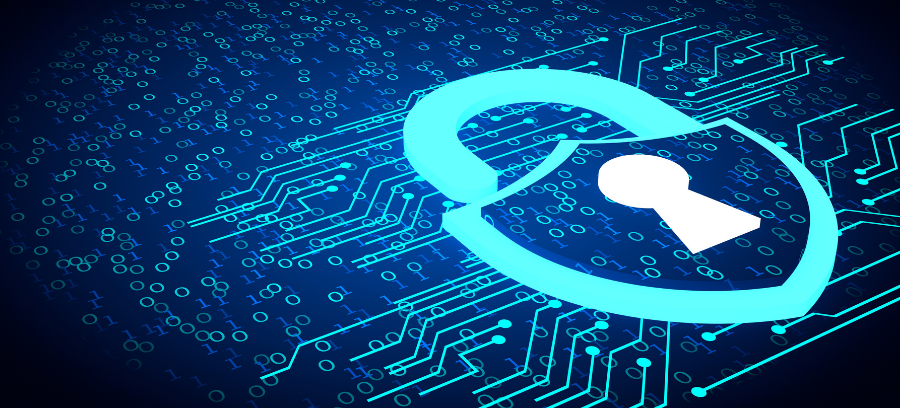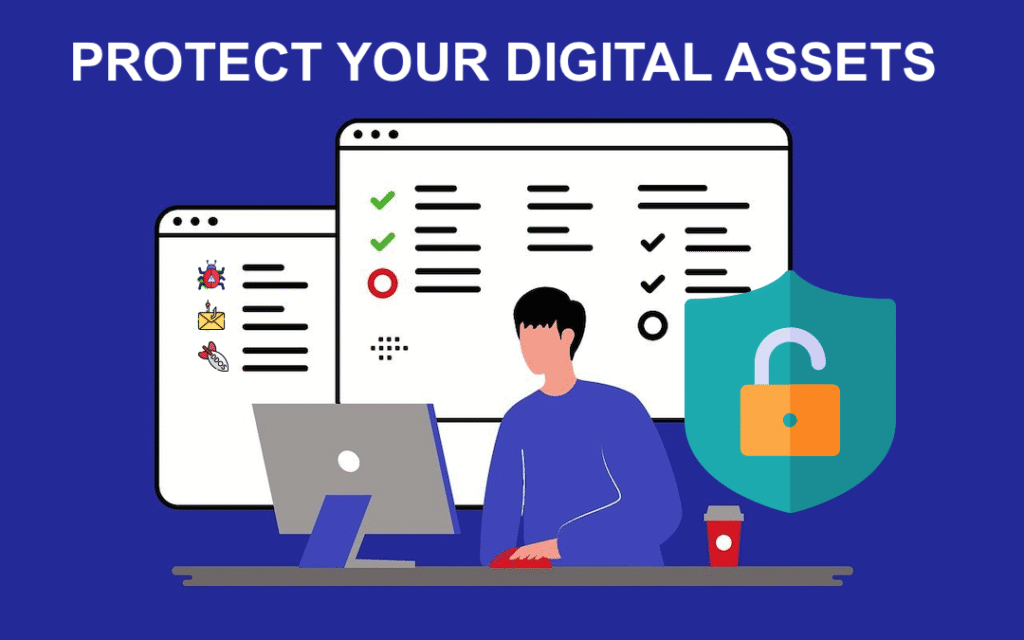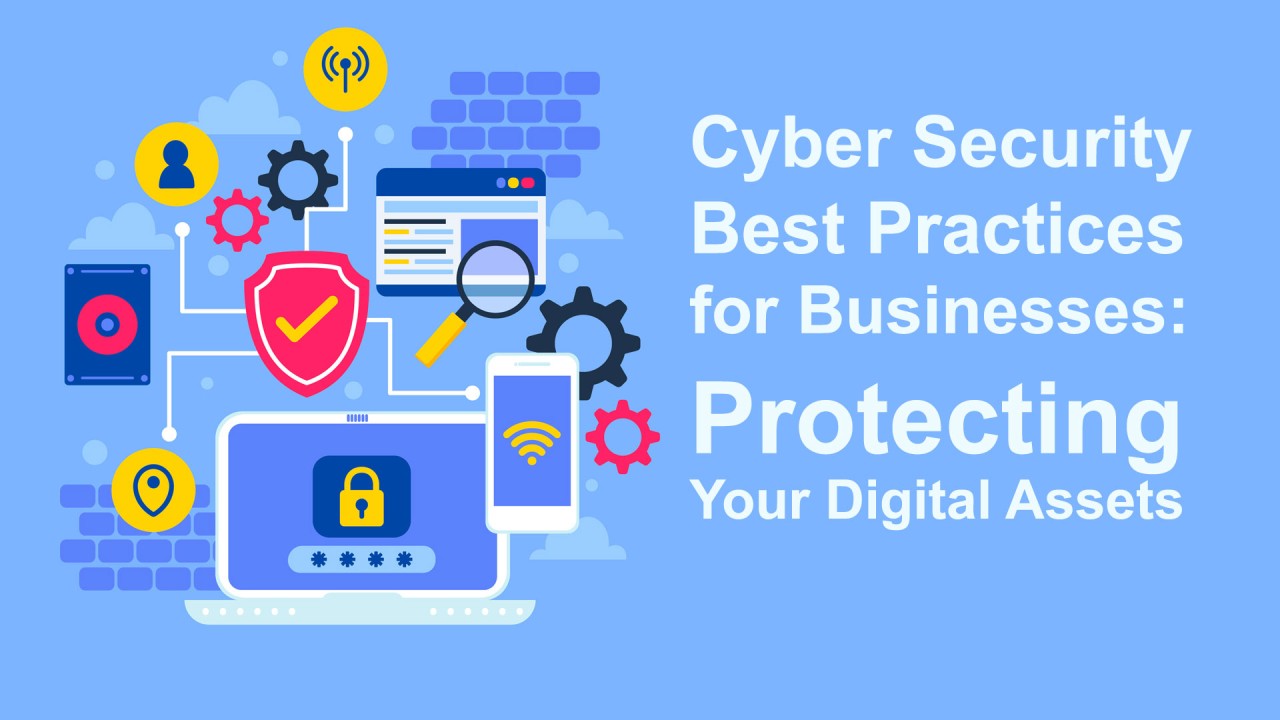Cybersecurity for Businesses in 2025: Protecting Digital Assets Effectively
In 2025, cybersecurity has become one of the most critical priorities for businesses worldwide. With rapid digital transformation and an increasing reliance on online platforms, protecting sensitive information and digital assets is more important than ever. Businesses that fail to implement effective cybersecurity measures risk facing data breaches, financial losses, and reputational damage.

The Growing Importance of Cybersecurity in 2025
The rise of cloud computing, remote work, and AI-driven tools has made digital systems more interconnected — and more vulnerable. Cybercriminals are constantly finding new ways to exploit weaknesses, targeting both small startups and large enterprises.
From phishing and ransomware attacks to data theft and identity fraud, businesses face a wide range of cybersecurity challenges in 2025.
That’s why it’s essential for every organization to adopt a proactive approach to cybersecurity. Protecting your systems, networks, and data is no longer optional — it’s a necessity for business survival.
Common Cybersecurity Threats Businesses Face
Here are some of the most common cybersecurity risks businesses encounter today:
- Phishing Attacks: Fraudulent emails or messages designed to steal login credentials or financial details.
- Ransomware: Malicious software that encrypts your data and demands payment for access.
- Cloud Vulnerabilities: Misconfigured or unsecured cloud storage can expose sensitive files.
- Data Breaches: Unauthorized access to confidential business or customer data.
- Insider Threats: Employees or contractors who misuse data or accidentally cause security lapses.
Each of these threats can severely affect operations, customer trust, and long-term profitability if not addressed properly.
Best Practices to Protect Digital Assets
1. Adopt a Zero Trust Security Model
In 2025, the Zero Trust model has become one of the most effective ways to secure business networks. It ensures that no user or device is trusted by default — every access request must be verified, authenticated, and monitored.
2. Enable Multi-Factor Authentication (MFA)
Adding an extra layer of verification significantly reduces the chances of unauthorized access. MFA is now a standard security practice for all business accounts and applications.
3. Keep Systems Updated
Regularly update software, firewalls, and operating systems to close potential security gaps. Outdated systems are one of the biggest entry points for cybercriminals.
4. Educate Employees
Human error is one of the leading causes of cyber incidents. Train your team to identify phishing attempts, use strong passwords, and follow safe online practices.
5. Regular Data Backups
Always back up important data on secure cloud platforms or offline storage. In case of an attack, quick data recovery can minimize downtime and losses.

How Technology Is Strengthening Cybersecurity
As cyber threats evolve, so do the technologies designed to counter them.
In 2025, several innovations are enhancing cybersecurity effectiveness:
- Artificial Intelligence (AI): Helps detect unusual activities and predict potential threats.
- Machine Learning (ML): Improves detection accuracy through continuous data analysis.
- Blockchain Technology: Adds transparency and prevents unauthorized data changes.
- Quantum Cryptography: Offers next-generation encryption for highly sensitive information.
These technologies enable businesses to stay one step ahead of hackers and respond to threats faster than ever.
Why Cybersecurity Matters for Every Business
Whether you run a small business or a large enterprise, cybersecurity plays a vital role in your success. A single breach can cause severe financial loss, disrupt operations, and destroy customer trust.
Investing in advanced security tools, skilled IT teams, and employee training is not just a precaution — it’s a business strategy for sustainable growth.
Conclusion
As we move through 2025, the cybersecurity landscape continues to change rapidly. Businesses must stay vigilant, adopt advanced security measures, and foster a culture of awareness.
Protecting your digital assets effectively today ensures your business remains secure, trustworthy, and future-ready.



